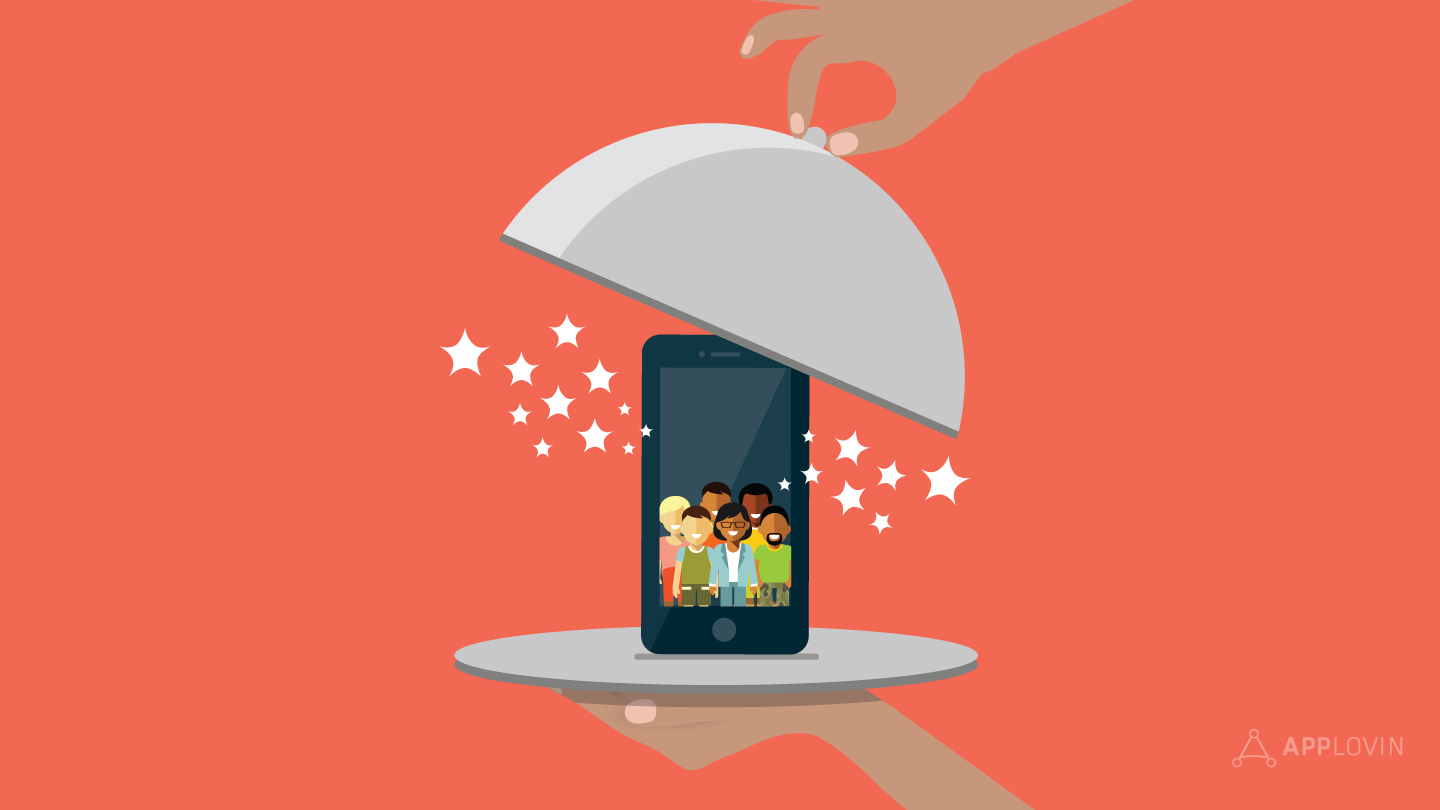Gaming, User Acquisition
Mobile Game Communities: A secret weapon for retention and engagement
Jun 2, 2017

Gaming, User Acquisition

The mobile games ecosystem is more than just what you see on the surface. Behind the scenes, there is a plethora of tools that help developers design and develop games. An often overlooked, and hugely important factor in a game’s success is its supporting community.
When players spend time outside of gameplay talking about their in-game experiences, it gives them the opportunity to become better players. This makes the games more fun, increasing the likelihood that people will return to the game. Social media and website forums are popular places for gaming communities to thrive. While Facebook, for example, seems like a natural place for gamers to go to engage with players of the same games, it’s not ideal for the developers of those games. Building communities outside of games requires that players disengage from the game to interact, leaving devs with a lost opportunity to create a more loyal user-base.
Some platforms allow developers to create spaces within their games for players to interact and discuss gameplay, in turn building communities around their games. One such platform is KTplay, which developers can use to create spaces inside their games for players to interact, making it even easier to return to playing the game. And unlike outside venues, communities created with KTplay can be customized to the game, creating a seamless experience so that it feels like users don’t even have to stop playing to participate in the community. If your game has pockets of downtime, such as cool-downs, recharges, or periods when players are waiting for their turns, there’s an opportunity to turn that waiting time into further engagement. With in-game forums to share game strategies, or even to meet friends, it’s less likely that users will leave the game to wait their turn.
When creating communities within games, devs can control the culture of the communities as much or as little as they want. A good example of this is Rodeo Stampede. To drive sales of discounted IAPs, the game’s community manager created the character “Mission Mule,” which was featured in multimedia tutorials, videos, and screenshots, showcasing its secret abilities. Players were then inspired to buy Mission Mule for themselves so they could participate in secret missions and win prizes. If they shared screen shots of their high scores, they were rewarded with entry into a random draw for other exclusive IAPs. Discounted IAP revenue/DAU surged by 192% and the total IAP revenue/DAU jumped by 49%.
By providing a community inside your game where players can chat, interact, share strategies, and kill time, you’ll increase their level of engagement with the game. They’ll spend more time in the game, creating more loyal players who are more likely to share it with other players and return to it themselves.